A. Swamp Angel
B. Anne Isaacs
C. Paul O. Zelinsky
D. Penguin Books, 1994
E. Picture book, traditional literature/ tall tale
F. 1-3
G. Swamp Angel is about a girl who is nicknamed Swamp Angel because she once came out of a swamp to rescue a group of wagons that had gotten stuck in the mud. One day there was a contest to see who could kill Thundering Tarnation, the bear that had been eating all the people's food. Men from all around signed up, and so did Swamp Angel. All of the men fell short of completing this monstrous task but not Swamp Angel. After wrestling Thundering Tarnation for a long while, he finally met his demise when Swamp Angel's snoring caused a tree to fall on him.
H. I love tall tales! This one seemed a bit different to me though because it features a girl (especially a young girl) as the protagonist. Most of the ones I've heard growing up had men in them, like Paul Bunyan and Pecos Bill. The language in here in wonderful! It was comforting to hear all the little sayings that come from "mountain folk" like thundering tarnation because it reminded me of my mammaw in Kentucky. The imagery is fantastic; I can see the "dewdrops on the corn" and hear Angel snoring like a "locomotive in a thunderstorm." My favorite description was the description of why the Smoky Mountains are called just that.
I found a lot of humor in this book starting with the first page. A newborn barely taller than her mother playing with an ax, and her parents found nothing remarkable about that! And it being a pity that it took her a full two years before she could even build a cabin! I giggled quite a few times as I read what happened to the other men who were trying to outsmart Thundering Tarnation. The combination of the illustration and the text description gave a vivid picture of how these men must have felt and also how fun it must have been for Thundering Tarnation to outsmart them so easily.
The illustrations were beautiful. They reminded me a lot of the artwork my mammaw does. She's just started taking art lessons and most of what she paints are pictures of farmhouses and things that surround farmhouses, done on pieces of wood. I think the wood really gives the illustrations a warmth and that sort of backwoods Tennessee feel. The illustrations depict as much of the feeling and the importance of the setting as the language and imagery does. Angel's face is so expressive in every single illustration. I feel like I say this a lot but the illustrations in this book also add a whole different dimension to the book that the text alone can't accomplish.
I. What a great way to teach about tall tales! Along with reading this book, I would also read the classics like Paul Bunyan and Bill Pecos. I think I would also read tall tales from other cultures so my students could compare and contrast between different American tall tales and also between American tall tales and the tall tales of other cultures (using Venn diagrams perhaps). Obviously, I would teach this as a part of a unit on traditional tales, including fairy tales, folktales, etc. After reading several tall tales, I would have my students write a tall tale of their own.
*Caldecott Honor book*
Subscribe to:
Post Comments (Atom)
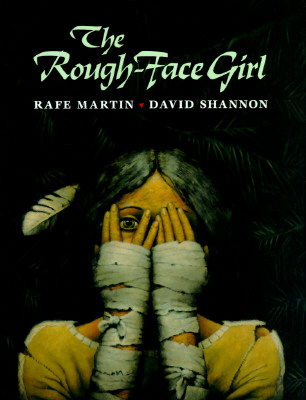
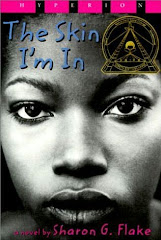


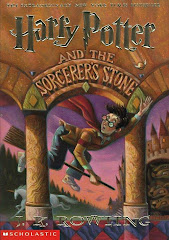
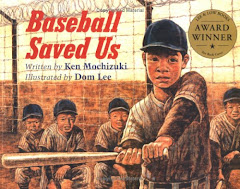
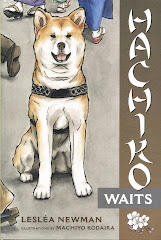



No comments:
Post a Comment